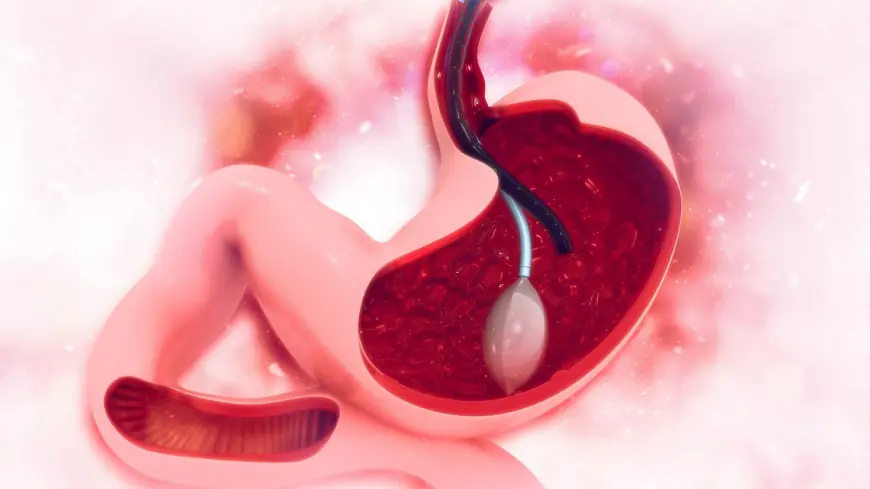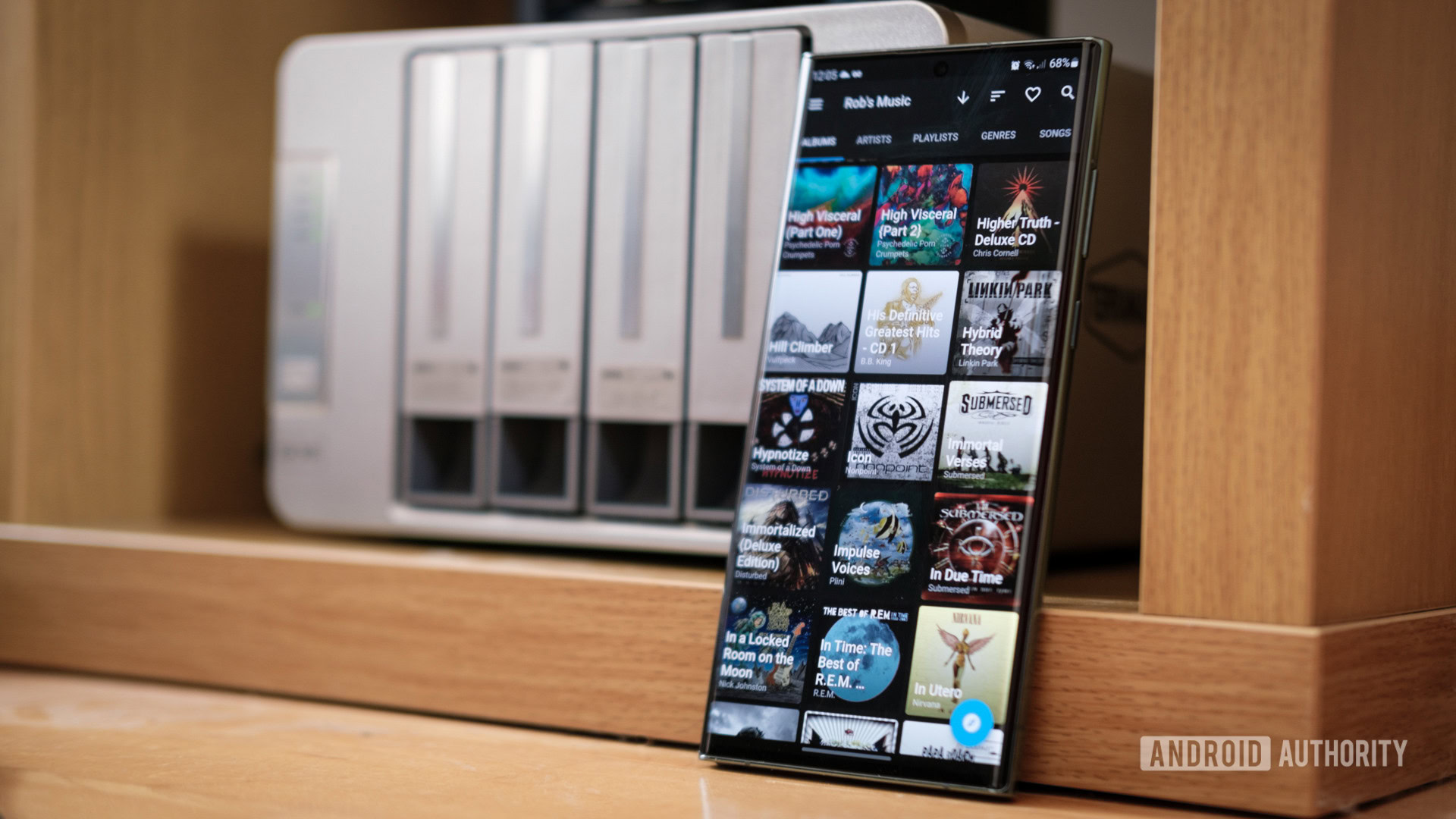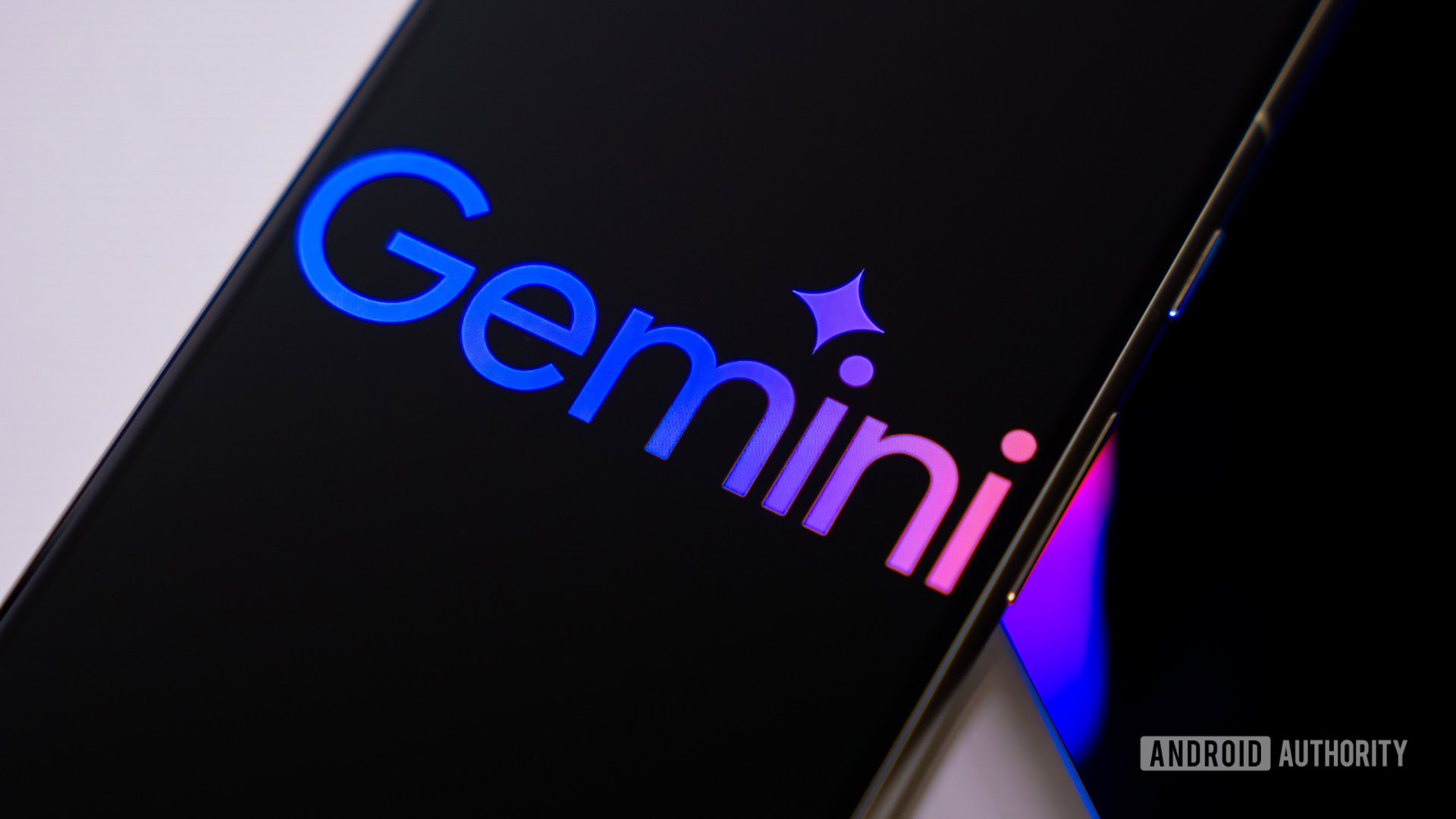Why Are So Many People Choosing Gastric Balloon Over Surgery?

In recent years, more individuals seeking effective weight loss solutions have turned to the gastric balloon instead of traditional surgical procedures. This shift is largely due to the less invasive nature of the gastric balloon, its shorter recovery time, and the absence of permanent alterations to the digestive system. But what exactly makes the Gastric Balloon Dubai such a popular choice? Let’s explore why so many people are opting for this innovative method over surgical weight loss solutions.
What Is a Gastric Balloon?
A gastric balloon is a non-surgical weight loss procedure that involves inserting a soft silicone balloon into the stomach and inflating it with saline or gas. This creates a feeling of fullness, helping individuals reduce food intake and develop healthier eating habits. Unlike surgery, which requires incisions and permanent changes to the digestive tract, the gastric balloon is temporary and is removed after several months.
Why People Prefer Gastric Balloon Over Surgery
Minimally Invasive Procedure
One of the biggest reasons people choose the gastric balloon is that it does not require surgery. The balloon is inserted through an endoscopic procedure, meaning no incisions, stitches, or scars. This makes it an attractive option for those who prefer a less invasive approach to weight management.
Faster Recovery Time
Unlike surgical weight loss procedures, which require significant recovery time, most gastric balloon patients can resume their normal activities within a few days. This makes it a convenient option for individuals with busy schedules who cannot afford extended downtime.
No Permanent Alterations
Surgical options such as gastric bypass or sleeve gastrectomy involve removing or rerouting parts of the stomach and intestines, resulting in permanent changes. A gastric balloon, on the other hand, is temporary and does not require any modifications to the digestive system, making it a reversible and less intimidating choice.
Lower Risk of Complications
Surgical weight loss procedures come with risks such as infections, blood clots, and long-term digestive issues. The gastric balloon, being non-surgical, significantly reduces the likelihood of serious complications, making it a safer alternative for many individuals.
Encourages Healthy Habits
The gastric balloon is not just about reducing stomach capacity; it is designed to help individuals adopt a healthier lifestyle. With the support of nutritionists and weight loss specialists, patients are guided to make better dietary choices and incorporate exercise into their daily routine, ensuring long-term success.
Short-Term Commitment with Long-Term Benefits
Since the gastric balloon is typically removed after 6 to 12 months, it provides a structured period for individuals to reset their eating patterns without a lifetime commitment. This appeals to many who may be hesitant about undergoing irreversible surgical procedures.
What to Expect After Gastric Balloon Placement
Immediate Effects
In the first few days, patients may experience nausea, discomfort, or bloating as their body adjusts to the presence of the balloon. These symptoms usually subside within a week with proper hydration and guidance from healthcare providers.
Dietary Changes
A crucial aspect of gastric balloon success is following a structured diet plan. Initially, patients start with a liquid diet before gradually transitioning to soft foods and, eventually, a balanced, portion-controlled diet. Adopting these habits ensures sustainable weight loss even after balloon removal.
Regular Medical Follow-Ups
Ongoing medical support is essential to monitor progress, provide nutritional guidance, and ensure overall well-being. Regular consultations with healthcare professionals help patients stay on track and make necessary adjustments to their lifestyle.
Maintaining Weight Loss After Balloon Removal
To sustain weight loss after the Gastric Balloon in Dubai, individuals must continue following a healthy diet, stay physically active, and implement behavioral changes learned during the treatment period. This ensures long-term success and prevents weight regain.
Conclusion
The growing preference for gastric balloon procedures over surgical weight loss options is understandable given its non-invasive nature, shorter recovery time, and lower risk factors. By offering a temporary yet effective solution for weight management, the gastric balloon allows individuals to achieve their health goals without permanent surgical alterations. With proper lifestyle changes and medical support, this method can be a life-changing step toward sustainable weight loss and improved overall well-being.
What's Your Reaction?
 Like
0
Like
0
 Dislike
0
Dislike
0
 Love
0
Love
0
 Funny
0
Funny
0
 Angry
0
Angry
0
 Sad
0
Sad
0
 Wow
0
Wow
0





















































